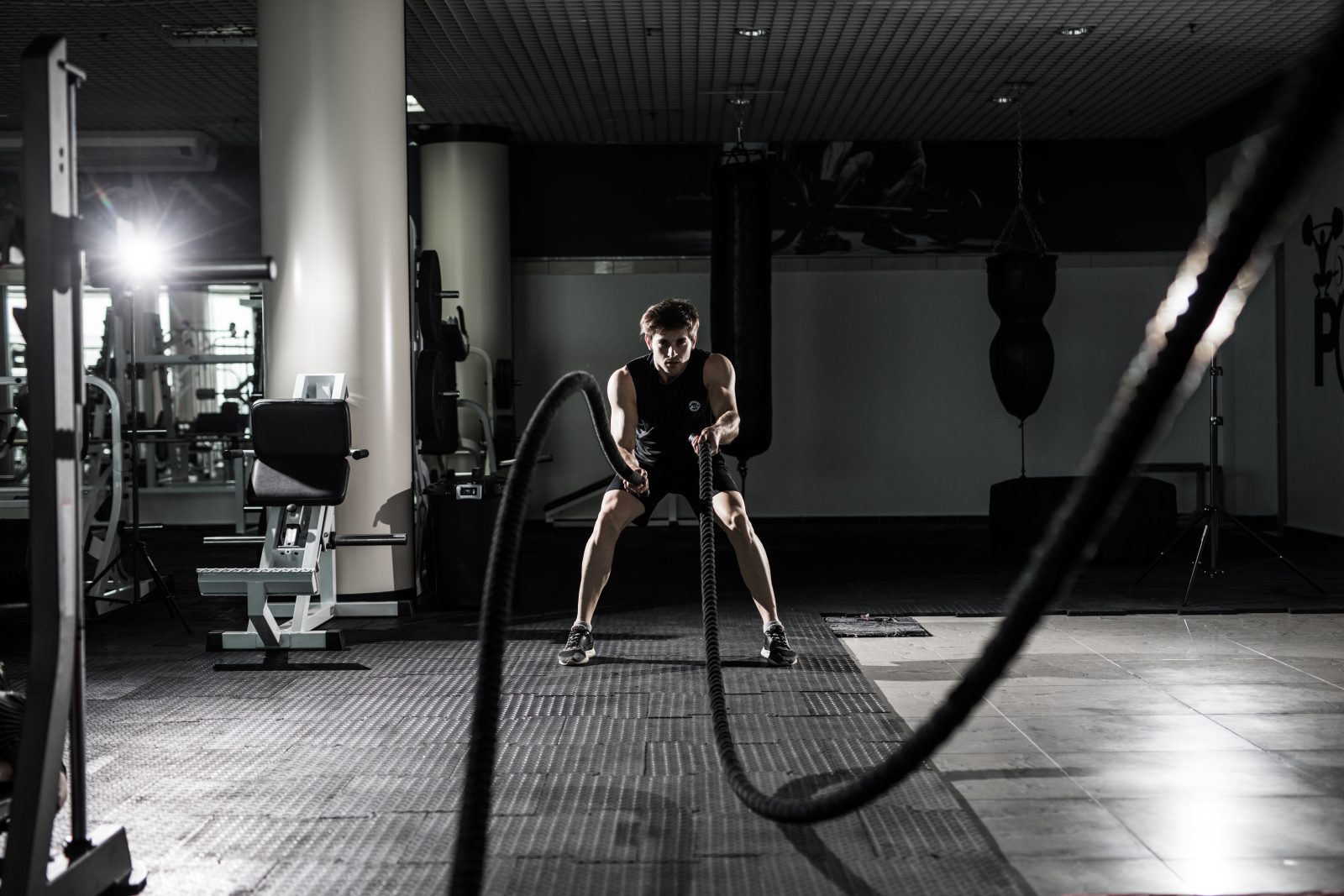Exercise has always been a complex matter for me, a blend of affection and aversion. However, everything changed when I began to explore its true power. My journey with exercise dates back to when I was around six years old, running alongside my father on the busy streets of L’Aquila, Italy. His motive was simple – he believed that my genetics would lead me down the same path of cardiovascular disease as my grandfather. Hence, my intricate relationship with exercise began, and I gradually became a people pleaser.
Much of my adult life was consumed by the relentless pursuit of perfectionism, attempting to excel in everything I did and striving to meet the expectations of every person who entered my life. My self-worth was closely tied to my physical appearance and strength.
This unending quest for perfectionism took me down some dark alleys. At the age of 16, I teetered on the edge of an eating disorder. During my early adulthood, I grappled with multiple sports-related injuries. The persistent feeling of inadequacy haunted me. Eventually, I hit rock bottom.
A Shift in Perspective Due to Back Pain
As I worked on my PhD thesis, I found myself spending countless hours sitting and agonizing over the quality of my work. Simultaneously, I was a new mother navigating the challenges of graduate school, leaving me with limited time for exercise.
However, I managed to steal moments on weekends to indulge in snowboarding trips to the mountains, epitomizing the quintessential weekend warrior lifestyle.
Then, the pain struck. A sharp, excruciating pain in my back that left my body tilting to one side.
The first time it happened, I was sidelined for about two months, undergoing seemingly endless physiotherapy sessions.
Once the pain subsided, I promptly returned to my adventurous pursuits, alternating between relief and agony over the next few years. Over time, the pain intensified and grew more frequent.I engaged in this precarious dance with pain until the final episode – the period when I remained stuck, tilted to one side, for approximately three months. Neither physiotherapy nor acupuncture, chiropractic care, massages, nor pain medications offered any relief.
I found myself lying on the floor for weeks, incapable of walking. Multiple visits to the emergency department and a cocktail of anti-inflammatories, muscle relaxants, and opioids later, I finally underwent an emergency L4-L5 microdiscectomy.
Post-surgery, I was advised not to engage in any exercise for three months. This time, I heeded the advice. I allowed my body to recuperate, refrained from obsessing over the scale or mirror, and confronted any feelings of guilt that surfaced.
For the first time in my life, I permitted myself to fully and genuinely heal. It was only at this juncture that my perspective on exercise underwent a profound transformation. I began to view exercise as a form of medicine rather than a means to an unattainable goal.
Discovering the Transformative Power of Exercise
Ironically, as my back pain flared up, I had just embarked on a new role in a research laboratory investigating the impact of aerobic exercise. Our focus was on using exercise as a means to slow down and prevent the onset of dementia.
By profession, I’m a researcher with a background in cognitive neuroscience, which, in simpler terms, means I study how the brain functions. My primary area of research revolves around the connections between exercise, sleep, and cognitive abilities.
In my daily work, I delve into the intricate mechanisms through which exercise lowers blood pressure, enhances blood flow to the brain, improves sleep quality, and consequently, bolsters the brain’s capacity for multitasking, planning, and problem-solving.
I collaborate with the Brain In Motion research team, examining how aerobic exercise impacts healthy brain aging in middle-aged and older adults who are generally healthy but not very physically active.
What did we discover? Engaging in six months of aerobic exercise, starting with walks and progressively intensifying to jogging, three times a week for 20 to 40 minutes, yielded notable cognitive improvements and better regulation of blood flow to the brain.
These results mirrored those typically seen in individuals five years younger, demonstrating that exercise can counteract the natural effects of aging.
What intrigued me even more was that the exercise regimen followed by these participants for six months was distinct from the solitary exercise routine I had embraced throughout my life.
Instead, study participants came together with like-minded individuals three times a week to engage in physical activity. They supported each other in a friendly, nonjudgmental environment, which made a significant impact.
The Power of Social Exercise
Conversations with participants after the program’s conclusion revealed a unanimous sentiment: participating in the Brain In Motion study had a profound impact on their overall lives.
Certainly, their physical fitness had improved, enabling them to handle everyday tasks like household chores and gardening with greater ease. However, the true game-changer was the sense of camaraderie and support they experienced from researchers, trainers, and fellow participants.
The individuals from the original study are currently undergoing a five-year follow-up assessment. While we are in the early stages of analysis, initial trends are already apparent: Those who continued to exercise independently after the study’s end are the ones who maintained connections with the friends they made during the program.
The connection between social interaction and sustaining physical activity is becoming even more apparent during the COVID-19 pandemic. Not only are gyms closed, necessitating exploration of virtual fitness options, but social gatherings have also been restricted.
This poses a unique challenge, particularly for older adults. Recent studies have highlighted how isolation during the pandemic is linked to reduced overall physical activity and worsening mental health among older individuals.
Research Transforming My Relationship with Exercise
My perspective on exercise has undergone a profound shift thanks to research. Rather than viewing physical activity as a burdensome obligation, I’ve learned to appreciate it as a means to improve my quality of life and well-being. This transformation is driven by the compelling benefits I’ve personally experienced:
- Enhanced Brain Function: Engaging in moderate-intensity aerobic exercise enhances blood flow to the brain, particularly beneficial for older adults looking to maintain their daily activities.
- Improved Sleep Quality: Aerobic exercise positively impacts subjective sleep quality, duration, time to fall asleep, and overall sleep efficiency.
- Reduced Cellular Stress: After just six months of aerobic exercise, individuals exhibit reduced oxidative stress at the cellular level, along with increased production of antioxidant markers.
- Better Stress Management: Participation in exercise interventions leads to an improved cortisol awakening response, indicating the body’s enhanced ability to regulate the stress hormone cortisol.
- Social Accountability: Anecdotal evidence highlights the importance of peer accountability and social interactions in maintaining physical activity.
My Evolving Relationship with Fitness
Through life experiences, challenges, and dedicated research, my perspective on exercise has evolved significantly. I now perceive exercise as my personal medicine, a reliable solution for stress relief, my primary energy source, and a powerful motivator.
However, it’s essential to acknowledge that I still have days when I don’t feel like exercising. Learning to manage any associated guilt is an ongoing process. I’m also developing a deeper understanding of balance and listening to my body when it signals the need for rest. On such days, my trusty massage gun becomes my best companion!
Above all, I’m actively cultivating self-compassion and self-love, recognizing that this journey remains a continual work in progress!
















Find Us on Socials